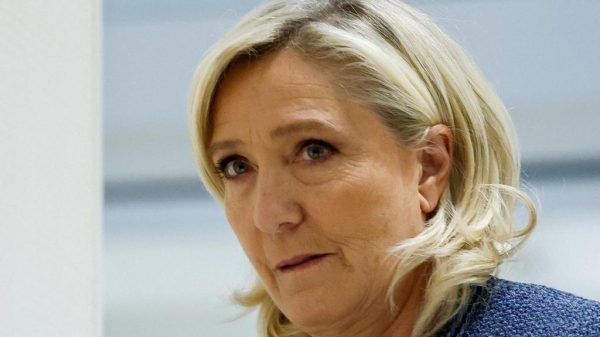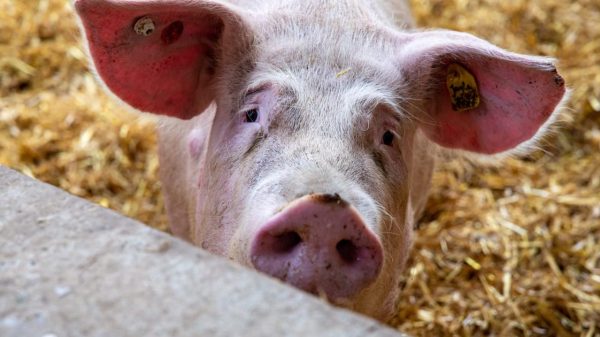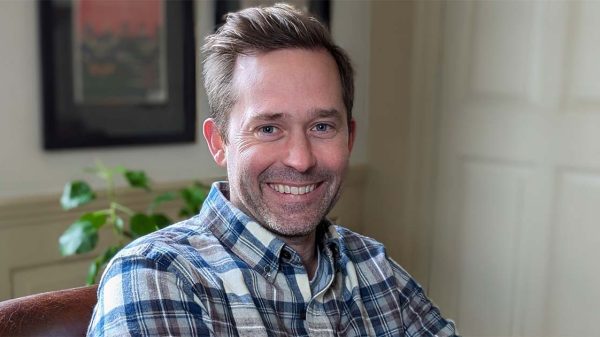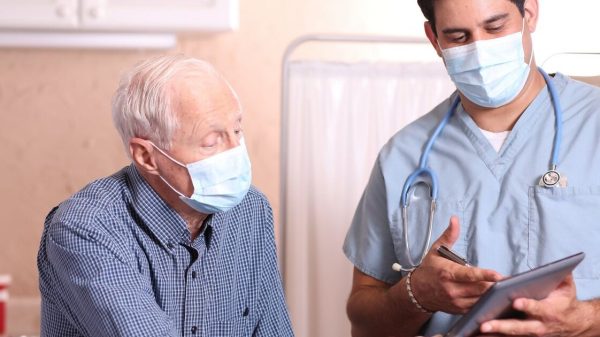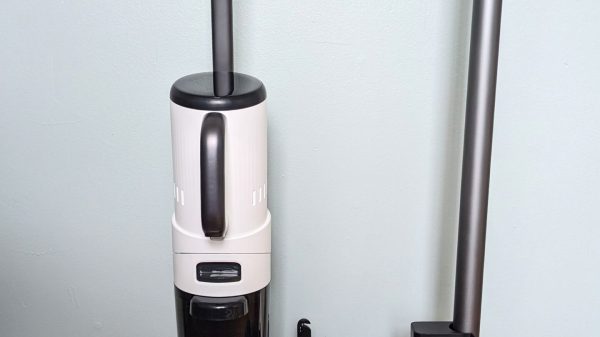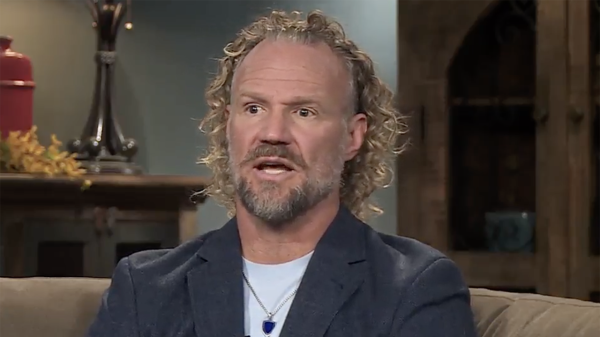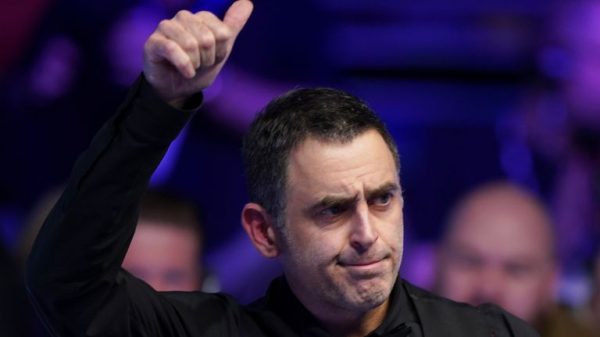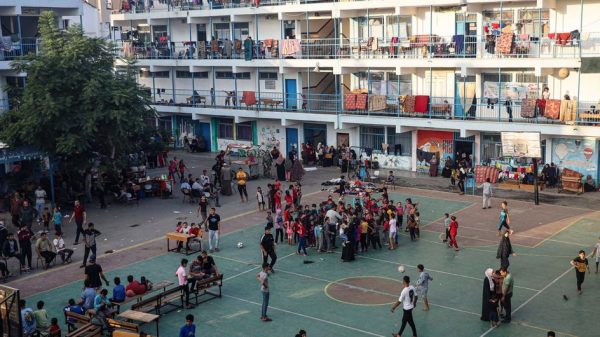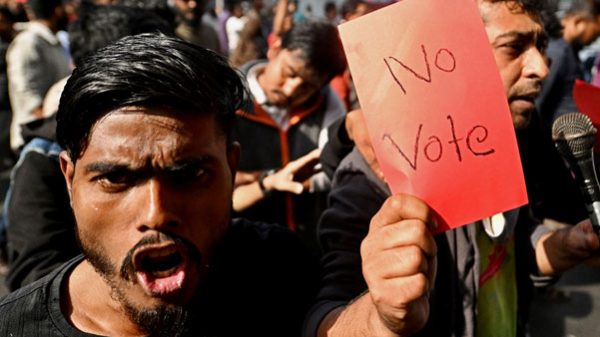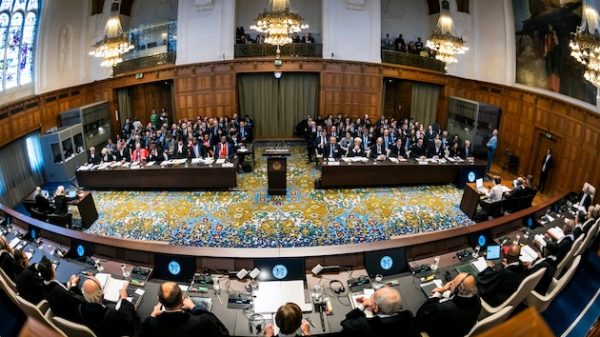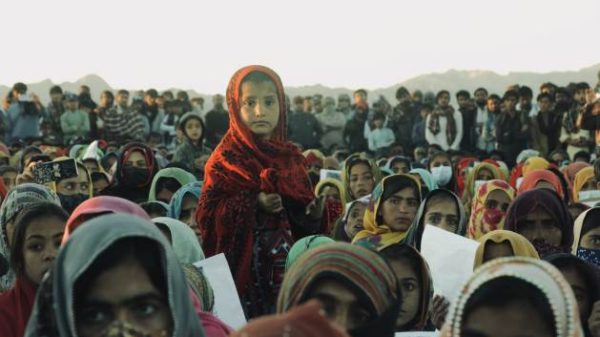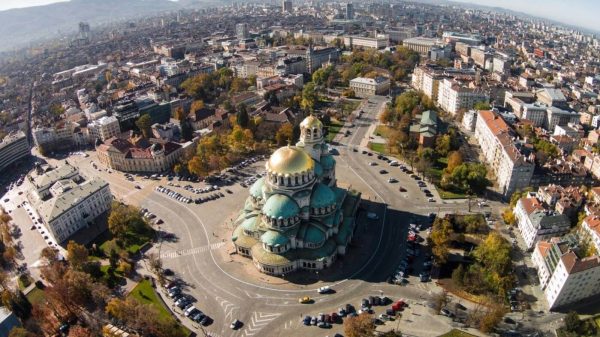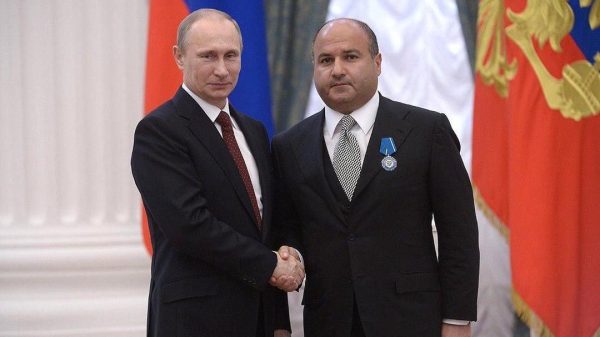Despite the immense dangers and obstacles, the UN continues to deliver desperately needed humanitarian aid in Gaza. Here is an overview of the humanitarian efforts in the occupied territory.
In conflict zones across the world, UN humanitarian workers work under extreme conditions, but it is hard to exaggerate the risks they are facing in Gaza, where hospitals, schools, and refugee camps are not immune to the threats of bombardment.
Evacuation orders continue to be issued, pushing more people south in fear for their safety. Many roads are becoming impassable as more informal sites continue to spring up. In addition, the cold winter season, with strong winds and torrential rains, is adding another layer of challenges to UN convoys carrying supplies to the people in need.
The UN is leading aid efforts in Gaza, working closely with all humanitarian partners, including international and national NGOs.
Keeping track of the aid
The UN aid coordination office (OCHA) is tasked with ensuring that the flurry of response efforts is as efficient as possible, avoiding duplication, and accurately prioritizing aid delivery according to needs.
The situation is catastrophic: food and water are in short supply and nearly non-existent in northern Gaza, and the few remaining health centres in the Strip are overwhelmed with patients. Aid is available, but convoys face excessive delays at Israeli checkpoints, agreed routes that are impossible to navigate because of the bombings, and repeated access denials by Israeli authorities. As a result, only a fraction of planned aid deliveries is getting through.

Shelters under fire
UNRWA, one of the oldest and largest of the UN agencies, was set up seven decades ago, to provide relief for Palestine refugees. In Gaza, UNRWA operates schools, runs relief and social programmes, and healthcare services.
The crisis has severely affected all of UNRWA’s operations in the Strip: as of 10 January, some 1.7 million people were sheltering in, or nearby, 155 UNRWA facilities, which are “far exceeding their intended capacity” and have been targeted by bombardments: the agency says that their installations have received more than 60 direct hits, with at least 319 displaced people killed in the agency’s shelters and more than 1,135 injured since 7 October. In addition, more than 140 UNRWA colleagues are known to have been killed to date.
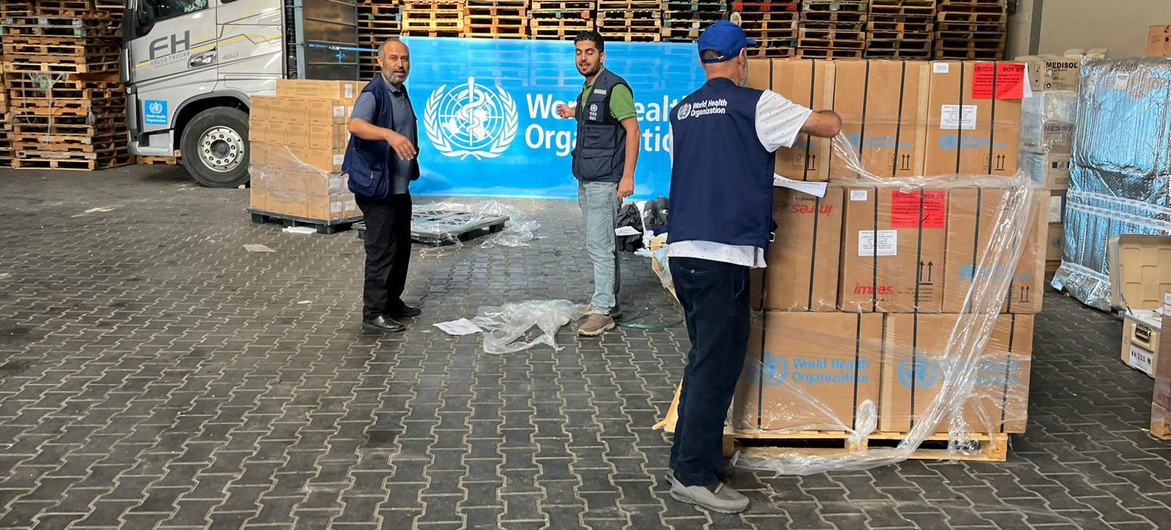
‘High-risk” missions
Since October, UN teams have undertaken high risk missions to deliver supplies, visiting badly damaged health facilities overflowing with patients, with extremely limited resources: In Gaza City, there are no fully operational hospitals remaining.
In recent days, the World Health Organisation (WHO) has insisted that the agency, along with its partners, is “completely ready” to deliver assistance, but has been sorely hampered by access issues and ongoing hostilities: on 10 January, the head of WHO, Tedros Ghebreyesus, stated that 6 planned missions to northern Gaza have been cancelled since 26 December.
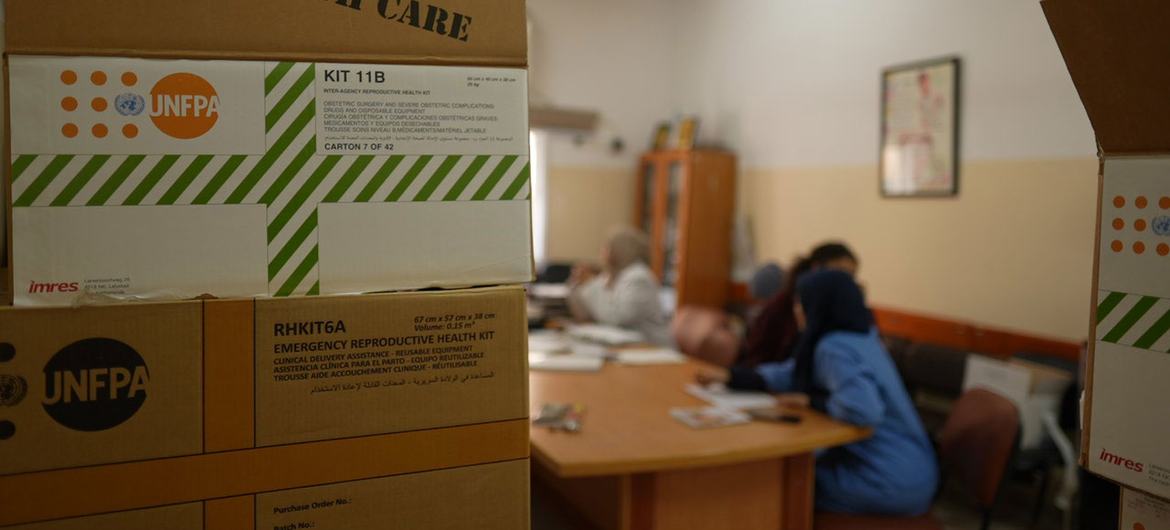
Giving birth in a warzone
UNFPA is recognized as the sole provider of family planning in Gaza, and coordinates between service providers to harmonize family planning services. The four-day humanitarian pause in late November 2023 allowed life-saving reproductive health kits from the UN reproductive and maternal health agency (UNFPA) to be brought into Gaza.
Since then, the delivery of UNFPA aid has been extremely limited, but UNFPA has continued to take part in high-risk missions with other agencies and has committed to continue doing everything possible to bring much needed aid into the occupied territory.
Cash, clothing, and child protection
Even before the crisis that erupted in October, almost a third of Palestinians were living in poverty, unable to afford enough food, clothing or housing. The UN Children’s agency, UNICEF, provides invaluable support for young people, from early childhood to adolescence, in areas such as education, health, child protection, and sanitation.
Since the conflict, an estimated 10,000 children in Gaza have been killed by Israeli airstrikes and ground operations, according to NGO Save The Children.
The agency has managed to provide thousands of litres of fuel, allowing public and private water wells and desalination plants to produce clean water; drinkable water; winter clothing; vaccines; and cash assistance. However, this amount of fuel is just a drop in the ocean, in comparison to the needs.
On 9 January, a UNICEF cash-for-work pilot project was launched in northern Gaza, where 100 workers will be paid to support the cleaning of solid waste and sanitation for the next three months.
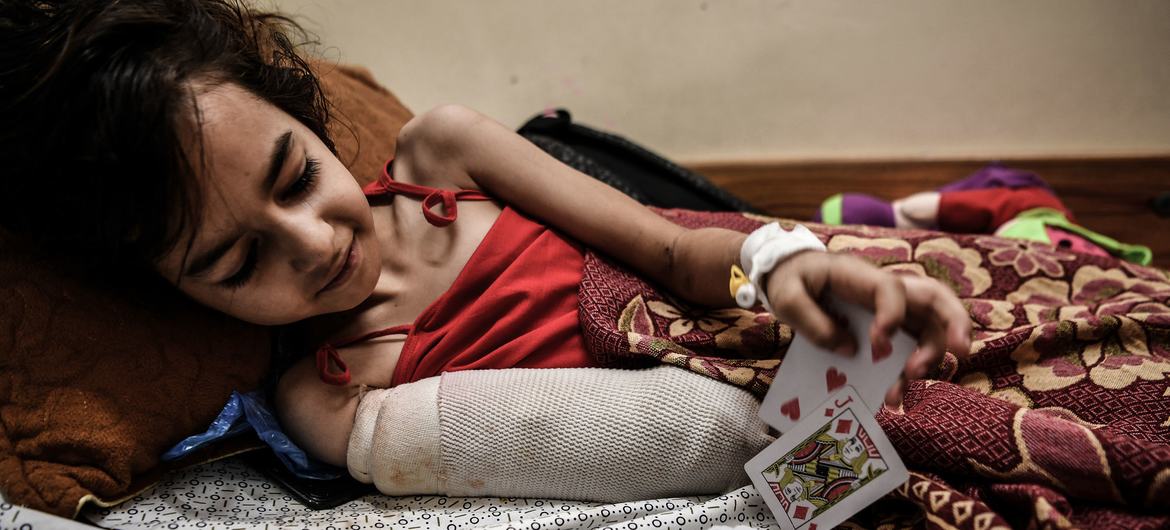
2.2 million in food crisis
Some 2.2 million people in Gaza are in crisis, or worse, levels of acute food insecurity in Gaza, the UN World Food Programme (WFP) has warned.
WFP has managed to provide emergency food and cash assistance to over 856,700 people across Gaza and the West Bank since the beginning of the conflict, but describes humanitarian operations as being “on the brink of collapse”, and has called for an immediate humanitarian ceasefire, the opening of all border crossings, and the resumption of commercial cargo to provide relief and put an end to the suffering.
UN Entities in Palestine
In all, 23 UN agencies, funds, and programmes are present in Palestine, under the leadership of the Resident Coordinator, The United Nations Country Team (UNCT) in Palestine comprises all heads of UN agencies operating in the occupied Palestinian territory (oPt).
As well the entities mentioned above, many major agencies are represented in the oPt, including the International Labour Organization (ILO), UN Environment Programme (UNEP), UN Women, the UN Development Programme (UNDP), and UNESCO.
You can find the full list of UN entities in Palestine here.
© UN News (2024) — All Rights ReservedOriginal source: UN News











